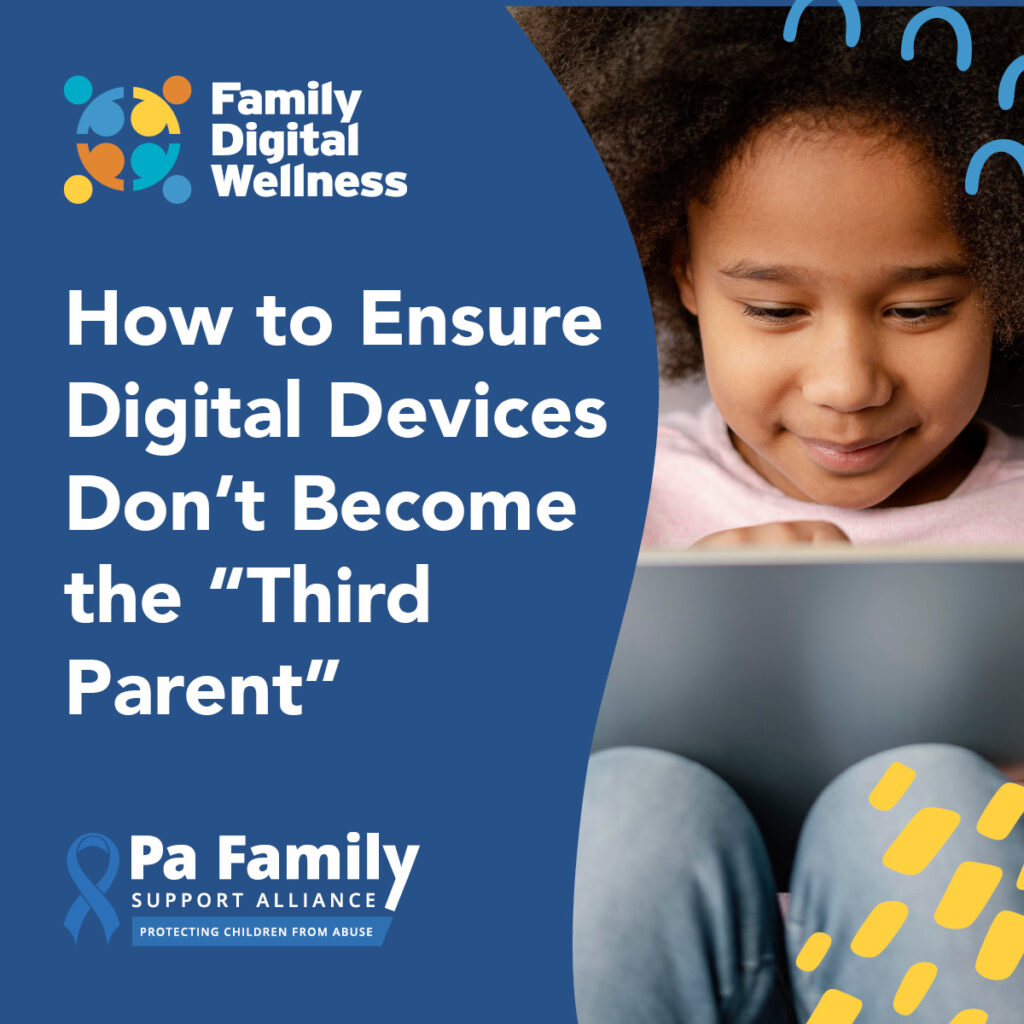Family Digital Wellness: How to Ensure Digital Devices Don’t Become the “Third Parent”

Being a parent can be exhausting. And for parents without a strong support system, it’s even more draining. Kids want constant engagement, and when parents are stretched thin, handing a kid a smartphone or tablet can feel like the only option. It can help to keep kids occupied and quiet, so what’s the harm?
The ability to replace boredom with the instant results of a mobile screen (i.e. a phone or tablet) is how the concept of the “iPad kid” was born, a child raised alongside a device that seemingly does it all. Over time, however, that screen becomes more than a babysitter: it becomes a third parent, shaping attention spans, emotional habits, and how they see the world.
“iPad kid” dangers and risks
But when screen time goes unchecked, it can take a serious toll. Without real-world play, social interactions, or meaningful breaks, kids become uncomfortable with downtime and boredom. As a result, they face real threats to their health and development. Excessive screen time has been linked to:
- Obesity
- Sleep disturbances
- Shortened attention spans
- Delayed language and social skills
- Increased mood and behavioral problems
Beyond the health concerns, nonstop screen time opens the door to even more dangerous territory. Kids can stumble into toxic spaces —cyberbullying, scams, predators, and violence or explicit content — all before they’re equipped to process it.
A better approach to screen time
While in-person play and creativity are always ideal, screen time also has its place (depending on age). Rather than enforcing strict screen time limits, the American Academy of Pediatrics now recommends focusing on what kids are watching and how they’re engaging with it. It’s less about counting minutes and more about making screen time meaningful.
Try watching a video with your child or asking them to show you their favorite game. Stay curious; ask questions about what they’re seeing and doing. When kids know you’re genuinely interested, they’re more likely to open up, giving you the chance to guide them and step in if anything concerning pops up.
Just as important: model healthy screen habits yourself. If kids see you glued to your phone all evening, they’ll follow suit. Instead, build in moments to unplug together: take a walk, eat without devices, or play a game that doesn’t need a charger. It’s about showing that real connection matters more than a glowing screen.
About PFSA’s Family Digital Wellness resources
To help strengthen families to raise healthy children in the digital era, PFSA created the Family Digital Wellness initiative, a central hub of tools and guidances to help families navigate screen time safely and mindfully.
Our comprehensive Parent Toolkit offers practical steps to build healthier digital habits at home, grounded in our Digital Diligence Framework. It’s designed to help you protect your children online while encouraging balanced, meaningful screen use.
Download our FREE Parent Toolkit from our Family Digital Wellness resources webpage to learn more and to apply easy-to-implement solutions for families.
Leave a Reply
You must be logged in to post a comment.
13 Comments